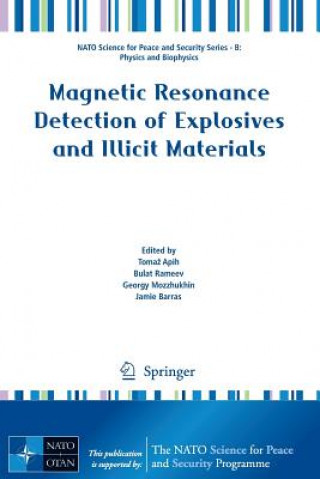
Code: 01980817
Magnetic Resonance Detection of Explosives and Illicit Materials
by Toma Apih, Bulat Rameev, Georgy Mozzhukhin, Jamie Barras
Detection of concealed explosives is notoriously difficult problem, and many different approaches have been proposed to solve this problem. Nuclear quadrupole resonance (NQR) is unique in many ways. It operates in a safe AM radio ... more
- Language:
 English
English - Binding: Paperback
- Number of pages: 168
Publisher: Springer, 2013
- More about this

185.84 €

Low in stock at our supplier
Shipping in 13 - 16 days
Potřebujete více kusů?Máte-li zájem o více kusů, prověřte, prosím, nejprve dostupnost titulu na naši zákaznické podpoře.
Add to wishlist
You might also like
-

Hörst du die Naturgeräusche? (Soundbuch)
9.96 € -12 % -

Key: How Corporations Succeed by Solving the World's Toughest Problems
34.42 € -15 % -

Vom homo oeconomicus zum homo culturalis
35.43 € -5 % -
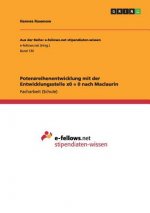
Potenzreihenentwicklung mit der Entwicklungsstelle x0 = 0 nach Maclaurin
39.25 € -1 % -
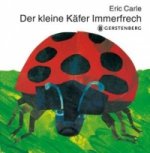
Der kleine Käfer Immerfrech
12.98 € -14 % -

Geschichte Der Indischen Religion
58.68 € -2 % -

South Kensington Through Time
17.91 € -18 %
Give this book as a present today
- Order book and choose Gift Order.
- We will send you book gift voucher at once. You can give it out to anyone.
- Book will be send to donee, nothing more to care about.
More about Magnetic Resonance Detection of Explosives and Illicit Materials
You get 467 loyalty points
 Book synopsis
Book synopsis
Detection of concealed explosives is notoriously difficult problem, and many different approaches have been proposed to solve this problem. Nuclear quadrupole resonance (NQR) is unique in many ways. It operates in a safe AM radio frequency range, and it can remotely detect unique fingerprint (NQR spectrum) of many explosives, such as TNT or RDX. As such, the detection of target does not depend on the shape or material of the container, or the presence of metallic object such as triggers etc. Spectra of chemically similar compounds differ enough that their presence never causes interference or false alarms. Unfortunately, widespread use is prevented due to low sensitivity, radiofrequency interference from the noisy environment, and inability to detect liquid explosives. This book presents current state of the art of the attempts to overcome NQR sensitivity problem, either by increasing the strengths of signals generated, or by increasing the specificity of the technique through a better understanding of the factors that affect the quadrupolar parameters of specific explosives. The use of these specific quadrupolar parameters is demonstrated on signal processing techniques that can detect weak signals, which are hidden in a noisy background. The problem of differentiation of liquid explosives and benign liquids in closed containers is approached by measurements of different nuclear magnetic resonance (NMR) parameters. As shown, a couple of solutions has reached a prototype stage and could find their use in a near future.§
 Book details
Book details
Book category Books in English Mathematics & science Chemistry Analytical chemistry
185.84 €
- Full title: Magnetic Resonance Detection of Explosives and Illicit Materials
- Author: Toma Apih, Bulat Rameev, Georgy Mozzhukhin, Jamie Barras
- Language:
 English
English - Binding: Paperback
- Number of pages: 168
- EAN: 9789400772670
- ISBN: 940077267X
- ID: 01980817
- Publisher: Springer
- Weight: 3145 g
- Dimensions: 235 × 155 × 10 mm
- Date of publishing: 02. October 2013
Trending among others
-
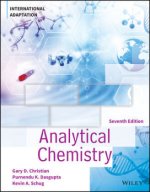
Analytical Chemistry, Seventh Edition International Adaptationl Adaptation
72.48 € -
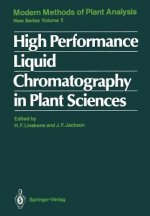
High Performance Liquid Chromatography in Plant Sciences
120.80 € -

Principles of Fluorescence Spectroscopy
127.35 € -4 % -

Chemical Analysis in the Laboratory
32.71 € -5 % -

Handbook of Analytical Chemistry: Volume I
142.04 € -6 % -
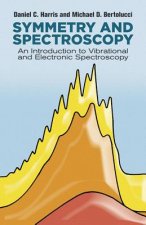
Symmetry and Spectroscopy
37.14 € -10 % -
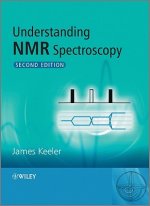
Understanding NMR Spectroscopy 2e
54.15 € -7 % -
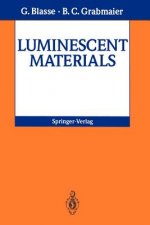
Luminescent Materials
185.84 € -

Schaum's Outline of Analytical Chemistry
30.19 € -15 % -

Statistics and Chemometrics for Analytical Chemistry
96.64 € -
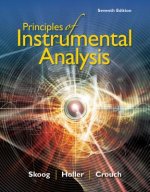
Principles of Instrumental Analysis
233.06 € -
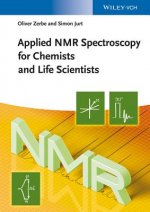
Applied NMR Spectroscopy for Chemists and Life Scientists
61.50 € -4 % -
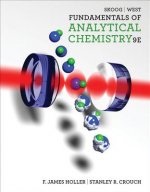
Fundamentals of Analytical Chemistry
115.37 € -
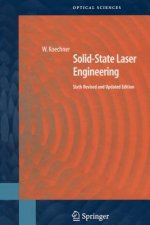
Solid-State Laser Engineering
359.10 € -
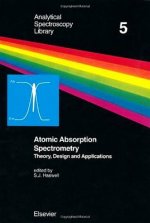
Atomic Absorption Spectrometry
81.64 € -
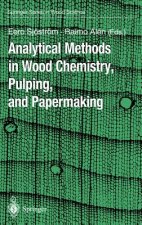
Analytical Methods in Wood Chemistry, Pulping, and Papermaking
651.57 € -
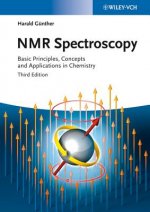
NMR Spectroscopy - Basic Principles, Concepts and Applications in Chemistry 3e
90.80 € -6 % -
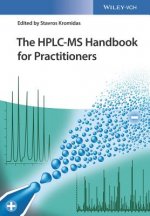
HPLC-MS Handbook for Practitioners
103.79 € -10 % -

Analytical Chemistry
120.80 € -13 % -
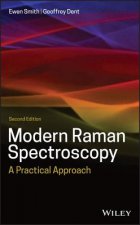
Modern Raman Spectroscopy
69.15 € -4 % -
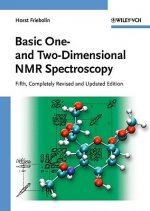
Basic One and Two Dimensional NMR Spectroscopy 5e
60.19 € -11 % -
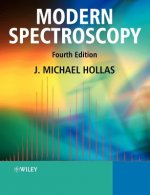
Modern Spectroscopy 4e
87.38 € -
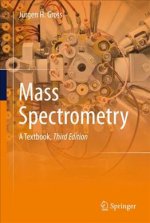
Mass Spectrometry
137.92 € -4 % -

Gas Chromatography and Mass Spectrometry: A Practical Guide
130.06 € -
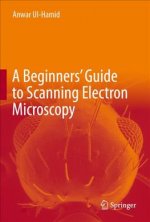
Beginners' Guide to Scanning Electron Microscopy
174.97 € -
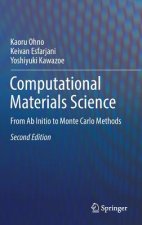
Computational Materials Science
132.88 € -12 % -
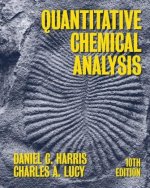
Quantitative Chemical Analysis
91.50 € -1 % -
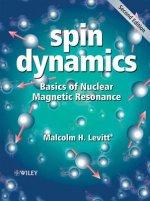
Spin Dynamics - Basics of Nuclear Magnetic Resonance 2e
122.51 € -
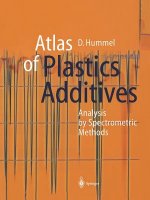
Atlas of Plastics Additives
185.84 € -
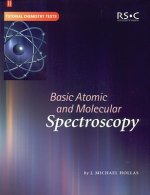
Basic Atomic and Molecular Spectroscopy
24.76 € -
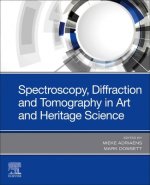
Spectroscopy, Diffraction and Tomography in Art and Heritage Science
157.85 € -
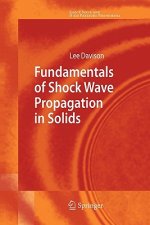
Fundamentals of Shock Wave Propagation in Solids
77.51 € -
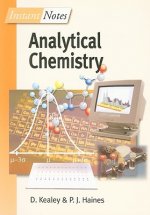
Analytical Chemistry
41.17 € -
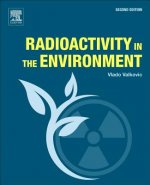
Radioactivity in the Environment
421.92 € -

Impedance Spectroscopy - Applications to Electrochemical and Dielectric Phenomena
134.09 € -

Practical Forensic Chemistry
65.03 € -

Analytical Chemistry
146.57 € -6 % -
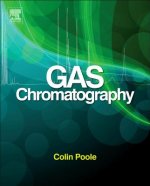
Gas Chromatography
169.73 € -10 % -
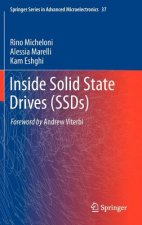
Inside Solid State Drives (SSDs)
167.31 € -
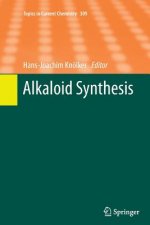
Alkaloid Synthesis
323.97 € -2 % -
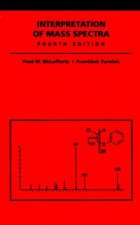
Interpretation Of Mass Spectra
88.79 € -

Nuclear Magnetic Resonance
472.36 € -
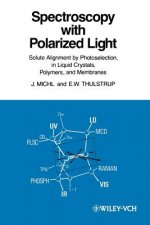
Spectroscopy with Polarized Light - Solute Alignment by Photlselection, Liquid Crystals, Polymers and Membranes
286.92 € -
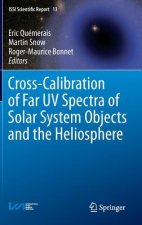
Cross-Calibration of Far UV Spectra of Solar System Objects and the Heliosphere
120.80 € -
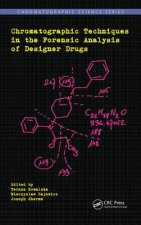
Chromatographic Techniques in the Forensic Analysis of Designer Drugs
305.74 € -
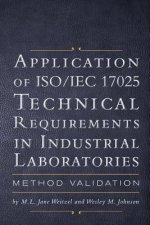
Application of ISO IEC 17025 Technical Requirements in Industrial Laboratories
48.62 € -18 % -
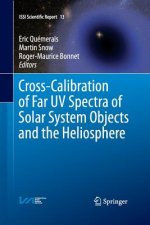
Cross-Calibration of Far UV Spectra of Solar System Objects and the Heliosphere
120.80 € -
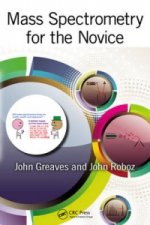
Mass Spectrometry for the Novice
112.45 € -
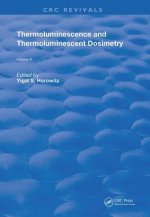
Thermoluminescence and Thermoluminescent Dosimetry
254.90 €
Collection points Bratislava a 2642 dalších
Copyright ©2008-24 najlacnejsie-knihy.sk All rights reservedPrivacyCookies


 15549 collection points
15549 collection points Delivery 2.99 €
Delivery 2.99 € 02/210 210 99 (8-15.30h)
02/210 210 99 (8-15.30h)